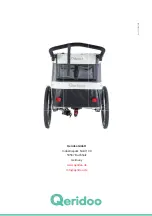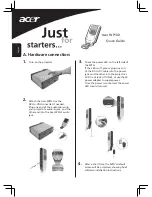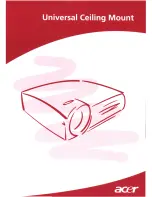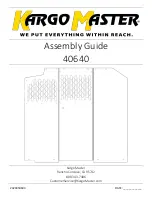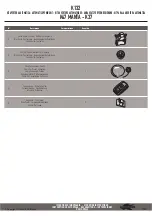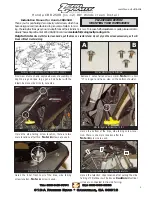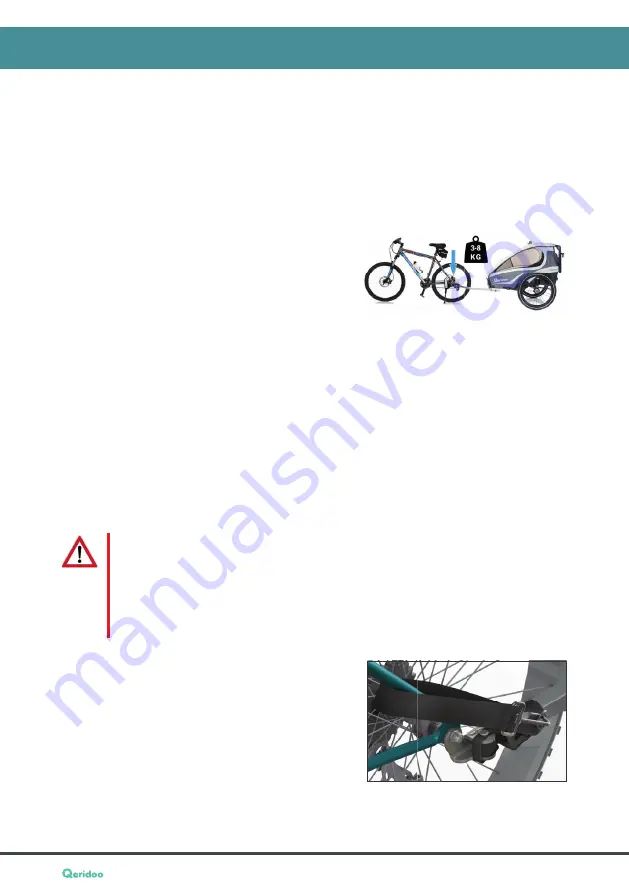
Kidgoo 2018
Subject to change. – 09|2020 –
27
Utilisation
Checking the tow bar load
Use bathroom scales, for example, to measure the tow bar load:
f
Load the
Kidgoo
in the usual way and fasten the children in.
f
Do not connect the trailer to the bicycle yet.
f
Place the bathroom scales next to the tow bar.
f
Get onto the bathroom scales and note the weight displayed.
f
Lift the tow’s bar coupler pocket to the coupler height (ca. 35 cm).
f
Determine the tow bar load by making a comparison
with the previous measured value:
–
The weight
must be at least 3 kg more
than the
measured value without the tow bar.
–
The weight
may be a maximum of 8 kg more
than
the measured value without the tow bar.
Changing the tow bar load
Adjust the tow bar load by moving or reducing your baggage:
f
Tow bar load over 8 kg: Move luggage to the back.
f
Tow bar load less than 3 kg: Move luggage to the front.
Total weight too heavy
f
Reduce the baggage weight in the pouch for small items.
f
Reduce the baggage weight in the storage space.
f
Make sure that the loaded
Kidgoo1
weighs less than 50 kg.
f
Make sure that the loaded
Kidgoo2
weighs less than 60 kg.
Connecting the trailer to a bicycle
Danger!
Do not connect the
Kidgoo
to a bicycle until the following conditions have been fulfilled:
The trailer is fully loaded.
The children wear a bicycle helmet or use a head rest and are properly belted.
The buggy wheel has been removed.
The tow bar load has been checked and is within the permissible range (3 – 8 kg).
f
Remove the retaining cotter pin from the tow bar
coupler pocket.
f
Push the tow bar onto the coupler of the bicycle so
that the cotter pin holes in the coupler and tow bar
couplet pocket are one above the other.
f
Insert the cotter pin into the hole and lock the cotter
pin fastening.
f
Check that the connection between the coupler and
the tow bar is secure.
f
Guide the tow bar’s retaining strap through the braces of the rear wheel so that the trailer is
securely connected to the bicycle frame.


























